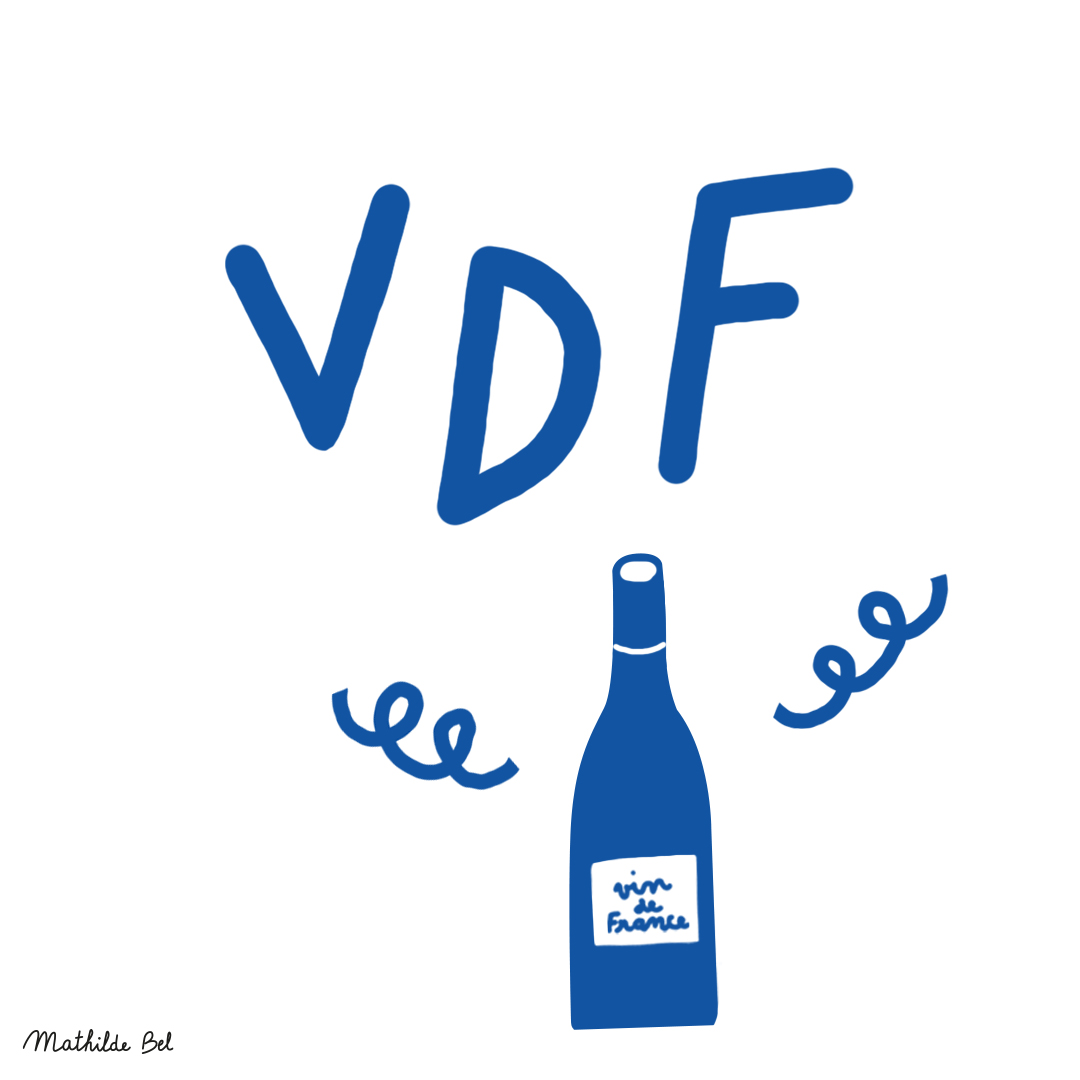Pinot Gris de France
Wines color
Taste profile
Sweetness
Body
Acidity
Tannins
Alcohol
Table of contents
Medal winners
Encyclopedia
Origin
This variety is the gray mutation of Pinot Noir. Its origins thus lie in the region around Dijon. While it is quite common to find variations with Pinot Blanc in a single vine trunk, variations with Pinot Noir are less common.
Aromas
The aromas of the Pinot Gris variety, which are more concentrated in northern and continental areas, are distinguished by a characteristic note of honey. Its wines also includes hints of musk, exotic fruits and even wild flowers.
Wines profile
Pinot Gris is used to make wines that are highly subtle yet extremely powerful, often strong and aromatic. This grape variety features a high sugar potential with low to moderate acidity. This makes it ideal for producing very popular sweet or liqueur-like wines. Wines made with Pinot Gris generally have a solid yellow color and specific aromas compared to those of Pinot Blanc. There are two sorts of Pinot Gris: the Petits Grains variety, harvested in smaller yields, creates wines that are richer, more concentrated and more powerful. The legendary smoothness of Pinot Gris wines lends both dry and sweet varieties roundness and balanced acidity on the palate.
Cultivation areas
Pinot Gris is a variety that has had excellent results in the northeast, near the Vosges region. It is also found further to the south, between Nimes and Narbonne, where it has recently been planted in small quantities. Production of this highly sought after variety has grown significantly in the last 40 years.
Precocity
Pinot Gris is an early variety, both in terms of starting its vegetative phase and in terms of ripening. It buds 2 days after Chasselas, the benchmark variety, and reaches full ripeness a week and a half after it, making Pinot Gris a Period I grape variety.
Vigor
Pinot Gris is a quite vigorous, yet only moderately productive grape variety. Its yields are also low (less than 60 hectoliters per hectare), enabling it to give the very best it has to offer in small quantities.
Soils
Pinot Gris grows best in rather deep, well-drained calcareous soils.
Climat
A northern variety that ripens relatively early, Pinot Gris is not susceptible to the sometimes harsh cold of eastern France. In the event of springtime frosts, the secondary buds are relatively fertile. Dry areas that are well exposed to sunlight will give it a high-quality ripening period, a sure sign of rich, flavorful wines.
Susceptibility to diseases and pests
This variety is somewhat susceptible to gray mold and mildew.
Use
Pinot Gris is used only to produce wine.
Descriptive elements
Pinot Gris is very similar to Pinot Noir, except that the color of its skin when ripe is gray. In areas further to the south, this gray color can become relatively dark. Pinot Gris has internodes with red stripes. Its young leaves are green or yellow, and the tips of its young shoots have a moderate to dense cover of flat-lying hairs. Its adult leaves are dark to very dark green. They are whole, with three or five lobes, and have a petiolar sinus that is only slightly open or even closed, with the lobes facing one another inwards in a cockscomb shape. The jagged, bubbled leaf blade has very short teeth. On the underside of the leaf, there are sparse flat-lying hairs. Pinot Gris' berries are rounded or slightly oblong. Like Pinot Noir, its bunches are small to very small, compact, and often have no wings.
Clonal selection in France
The three approved Pinot Gris clones (specifically named Pinot Gris G) are numbers 52, 53 and 457. A collection-conservatory with around 200 clones was set up near Strasbourg in 1984.


